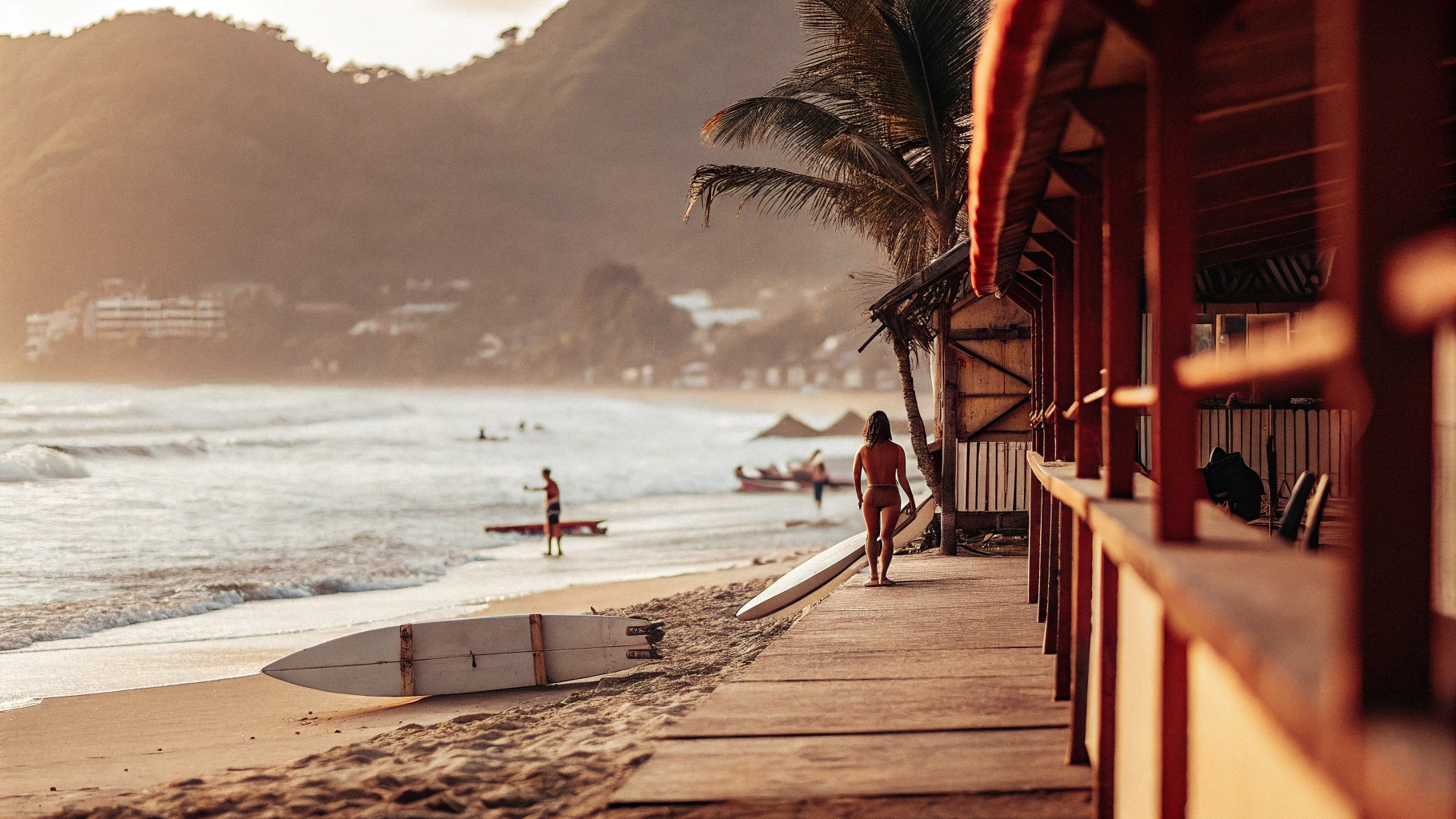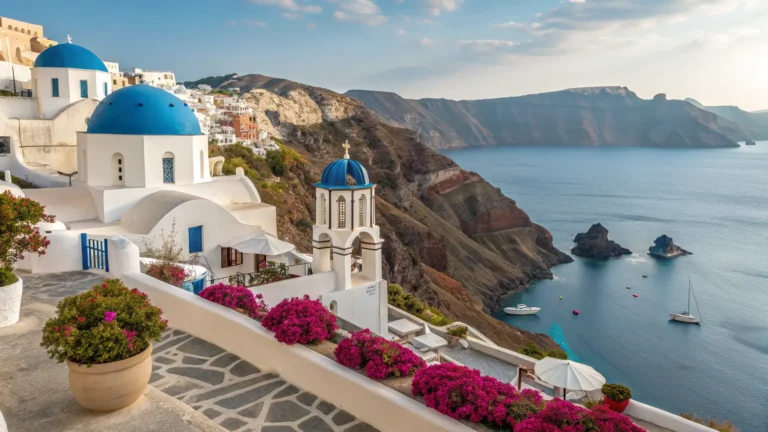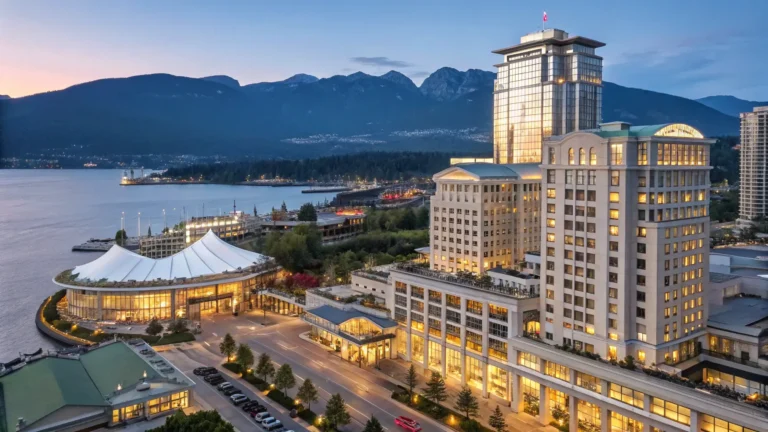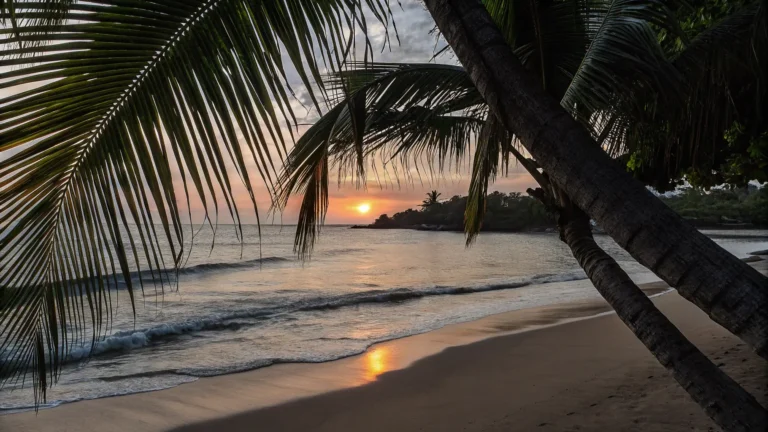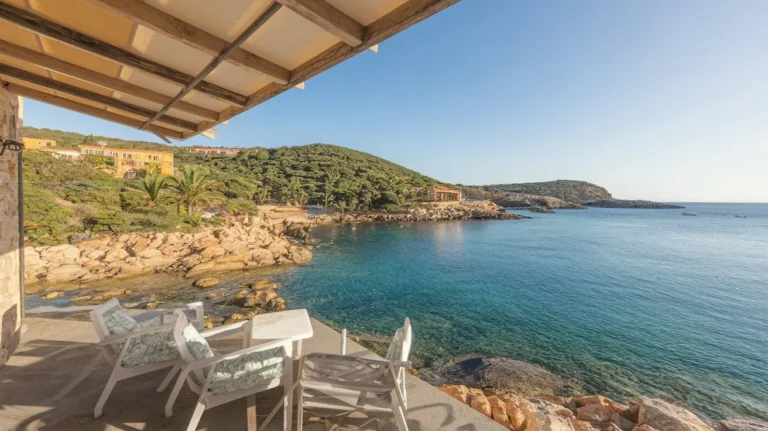Ecuador Beaches Best Spots for Swimming Surfing in Ecuador
Last updated on May 25th, 2025 at 09:54 pm
Picture this: You’re sitting in a cramped airplane seat, your third connection of the day, wondering if this whole Ecuador trip was a terrible idea. That was me last March, flying into Guayaquil with nothing but a worn-out backpack and a half-baked plan to “find some good waves.”
Three hours later, I’m standing barefoot on Olón beach, watching the most incredible sunset paint the sky orange and pink. Local kids are splashing in tide pools while their parents set up evening picnics right on the sand. A street vendor walks by selling fresh coconuts for fifty cents, and I can hear live guitar music drifting from a beachside restaurant.
Right then, I knew I’d stumbled onto something special.
That spontaneous trip stretched into six weeks of island-hopping, wave-chasing, and beach-bumming along Ecuador’s Pacific coast. I’ve been back three more times since, and each visit reveals new hidden spots that make me fall in love with this place all over again.
Ecuador’s beaches aren’t on most people’s radar, and honestly? That’s exactly what makes them perfect.
Why Ecuador Beaches Beat Every Other South American Coast
Most folks hear “South American beaches” and immediately think Brazil or Colombia. But here’s what they’re missing: Ecuador squeezes 1,400 miles of stunning coastline into a country about the size of Nevada.
The weather stays gorgeous year-round – I’ve never needed more than a t-shirt and shorts, even in their “winter” months. Water temperature hovers around a perfect 77°F most of the year. And unlike those famous Brazilian beaches where you’ll pay $200 a night for a decent room, Ecuador lets you live like royalty on a backpacker’s budget.
What really sets Ecuador apart:
- Crazy diverse scenery – Everything from volcanic black sand to pure white tropical beaches
- Empty lineups – I’ve surfed perfect waves with maybe two other people out
- Real local culture – You’re not stuck in some tourist bubble
- Amazing wildlife – Where else can you watch whales breach while you’re having breakfast?
- Dirt cheap – I lived comfortably on $40 a day, including accommodation
The secret sauce is geography. Ecuador sits where two major ocean currents collide, creating perfect conditions for both marine life and consistent waves. Plus, all that volcanic activity means you get these dramatic black sand beaches that look like something from another planet.
Best Swimming Spots – Where Families Actually Want to Hang Out
Salinas – The Safe Choice That Doesn’t Suck
Look, if you’ve got kids or you’re just not comfortable with big waves, Salinas is your answer. This horseshoe-shaped bay stays calm even when the rest of the coast is getting pounded by swells.
I watched a grandmother teaching her granddaughter to swim here while teenagers were snorkeling around the rocks nearby. The water’s so clear you can see your feet even when you’re chest-deep. They’ve got lifeguards during busy times, which is pretty rare for Ecuador.
Why families love Salinas:
- Bay shape keeps waves small and gentle
- Water clarity is incredible – almost Caribbean-like
- Actual restrooms and food vendors (trust me, this matters)
- Lifeguards during peak hours
- Hotels and restaurants within walking distance
The downside? It’s Ecuador’s most touristy beach town, so expect to pay double what you’d spend elsewhere.
Bahía de Caráquez – Swimming With a Conscience
This place earned official “Eco-City” status, and you notice the difference immediately. The water’s cleaner, the development actually makes sense, and local businesses seem to genuinely care about the environment.
Swimming conditions are perfect for kids – small waves, gradual deepening, and soft sand that won’t tear up your feet. But the real magic happens when you combine beach time with mangrove tours. Watching dolphins play in protected channels while your kids spot colorful birds is pretty hard to beat.
Playas General Villamil – Weekend Escape Reality
Two hours from Guayaquil by bus, Playas serves as Ecuador’s version of the Jersey Shore – except way cooler and infinitely cheaper. The beach stretches forever, stays shallow for hundreds of yards, and attracts mostly Ecuadorian families on weekend getaways.
It’s not the prettiest beach you’ll find, but it’s authentic, safe, and incredibly affordable. You’ll be swimming alongside locals instead of tourists, which gives you real insight into how Ecuadorians actually live and play.
Smart swimming tips:
- Check tide charts – some beaches change dramatically
- Jellyfish show up occasionally during hot months
- That equatorial sun will fry you faster than you think
- Learn “¿Dónde está el salvavidas?” (Where’s the lifeguard?)
Surfing Paradise – Waves That’ll Change Your Life
Montañita – Where the Magic Happens
This is Ecuador’s surf mecca, and for good reason. The main break offers long, workable waves that intermediate surfers dream about. I spent my first session getting absolutely worked, but by day three I was linking turns and hooting like a local.
What makes Montañita special isn’t just the waves – it’s the vibe. Local surfers will paddle over to offer advice, surf shops stay open late for gear emergencies, and the whole town revolves around the rhythm of the tides.
Montañita highlights:
- Consistent waves with morning offshore winds
- Multiple breaks for different skill levels
- Solid surf schools with patient instructors
- Board rentals starting around twelve bucks
- International contests bring world-class surfers
Fair warning: This is party central. If you want quiet mornings and early bedtimes, look elsewhere. But if you want to dive headfirst into South American surf culture, Montañita delivers big time.
Canoa – The Real Deal
Four hours north of the party scene, Canoa offers the same quality waves with zero attitude. This long beach break has multiple peaks that naturally spread out the crowd, so you’re rarely fighting for waves.
I spent a week here and never got bored. The fishing community embraces surfers without changing their traditional lifestyle. You’ll see fishermen launching boats at sunrise while surfers paddle out for dawn patrol – it’s this perfect blend of old and new.
Mompiche – Advanced Surfers Only
This spot demands respect. Mompiche delivers powerful reef breaks that can handle serious size, but it’s remote and unforgiving. If something goes wrong out there, help isn’t around the corner.
But man, when it’s on, it’s ON. The Afro-Ecuadorian community here maintains incredible cultural traditions that most tourists never experience. Staying in town means late-night music sessions, home-cooked meals, and stories that’ll stick with you forever.
Surfing essentials:
- December through May brings bigger, more powerful waves
- June through November offers smaller, more predictable surf
- Water stays warm enough for just a spring suit
- Respect the locals and their breaks
Planning Your Beach Adventure
Getting There Without Losing Your Mind
Most international flights land in Quito or Guayaquil. From there, you’ve got options, and I’ve tried them all:
Flying to the coast: Regional airports serve major beach towns, but flights are expensive and often delayed. Only worth it if you’re seriously pressed for time.
Bus travel: Ecuador’s buses are comfortable, cheap, and reliable. Guayaquil to Salinas takes about three hours and costs less than five dollars. The scenery’s incredible, and you’ll meet interesting people.
Renting a car: Maximum flexibility, but Ecuadorian driving is… creative. Expect aggressive traffic, missing street signs, and parking situations that require serious problem-solving skills.
Where to Sleep Without Breaking the Bank
Your accommodation choice makes or breaks your Ecuador beach experience. Here’s what actually works:
Beach resorts (Salinas, Same): International standards with pools, multiple restaurants, and organized activities. Expect to pay $120+ per night, but you’ll get predictable comfort.
Surf hostels (Montañita, Canoa): Perfect for solo travelers and surf trips. Dorm beds start around ten bucks, and you’ll instantly connect with fellow travelers.
Eco-lodges (Bahía de Caráquez, Mompiche): Best value for couples and small groups. $35-70 per night gets you comfortable rooms, local meals, and often guided tours.
Family guesthouses: These are the hidden gems. Basic but spotless rooms for $12-25 per night, incredible hospitality, and insider tips on the best local spots.
Timing Your Visit
Ecuador’s coast doesn’t really have a “bad” season, but different times offer different experiences:
Dry months (June-November):
- Sunny days with less humidity
- Crystal clear water for swimming
- Smaller, more manageable waves
- Perfect for families and beginner surfers
Wet months (December-May):
- Warmer temperatures with occasional afternoon showers
- Bigger, more exciting surf
- Whale watching season overlaps
- Higher prices during peak tourist season
I love visiting during May or November – great weather, good waves, and reasonable prices without the crowds.
Real Talk About Costs
Ecuador beaches are cheap compared to most tropical destinations, but costs vary wildly based on your choices:
Shoestring budget: $35-80 per day
- Hostels or basic family-run places
- Street food and local restaurants
- Public buses and walking
- Free beaches and self-guided exploration
Comfortable middle ground: $100-200 per day
- Nice hotels with private bathrooms
- Mix of local eateries and tourist restaurants
- Organized tours and activities
- Occasional taxis or rental cars
Living large: $300+ per day
- Beachfront resorts with all amenities
- Fine dining and hotel restaurants
- Private tours and transportation
- Premium experiences and activities
My sweet spot is around $80-120 per day – staying in eco-lodges, eating lunch at local spots but splurging on nice dinners, and mixing organized tours with independent adventures.
Food That’ll Ruin You for Everywhere Else
Coastal Ecuadorian food is incredible, but it’s totally different from what most people expect. Forget everything you know about Peruvian ceviche – Ecuador does its own thing, and it’s spectacular.
Must-try dishes:
- Ceviche Ecuatoriano – Served with popcorn and fried plantains (sounds weird, tastes amazing)
- Encebollado – Fish soup that locals claim cures any hangover
- Bolón de verde – Fried plantain balls stuffed with cheese or pork
- Whatever the fishermen caught – Always ask what’s fresh that day
The Afro-Ecuadorian influence in northern areas like Esmeraldas creates flavors you won’t find anywhere else in South America. Different spices, different cooking techniques, different music playing while you eat.
Wildlife That’ll Blow Your Mind
Last July, I joined a whale watching tour in Puerto López expecting maybe a few distant glimpses. Instead, we spent three hours with a pod of humpbacks that seemed more interested in us than we were in them. One actually spy-hopped right next to our boat – this massive eye looking directly at me from maybe ten feet away.
Ecuador’s coast hosts unbelievable marine life. Humpback whales migrate here from Antarctica to breed. Five different sea turtle species nest on these beaches. Marine iguanas that exist nowhere else on Earth sunbathe on volcanic rocks.
Wildlife experiences:
- Humpback whales during migration season (June-September)
- Sea turtle nesting at various beaches throughout the year
- Marine iguanas and incredible bird watching
- Snorkeling at Los Frailes and Isla de la Plata
Supporting real conservation efforts here isn’t just good karma – it’s essential. Choose tour operators who follow wildlife guidelines, hire local guides, and contribute to protection programs.
Why Ecuador Beaches Should Be Your Next Adventure
After twenty years of chasing waves and perfect beaches around the world, Ecuador’s coast still surprises me. Where else can you surf world-class breaks, swim with sea turtles, and watch whales breach – all for less than you’d spend on a weekend in Miami?
What keeps drawing me back is the authenticity. These aren’t manufactured tourist experiences designed for Instagram. You’re experiencing real coastal life – swimming where fishermen work, surfing breaks that locals have ridden for generations, eating in family restaurants that have never needed English menus.
Ecuador offers something increasingly rare: the chance to discover incredible places before they become “discovered.” Tourism is growing, but slowly. Development is happening, but thoughtfully. Word is spreading, but quietly.
If you’ve been dreaming of that perfect beach destination where your money stretches, the waves are uncrowded, and the culture is genuine, Ecuador’s Pacific coast is calling your name.
The question isn’t whether you should go – it’s whether you’ll book that ticket before everyone else figures out what they’re missing.
Planning your Ecuador beach adventure? I’d love to swap stories or help with specific questions about destinations, timing, or logistics. Drop a comment and let’s talk about making your coastal dreams happen!

